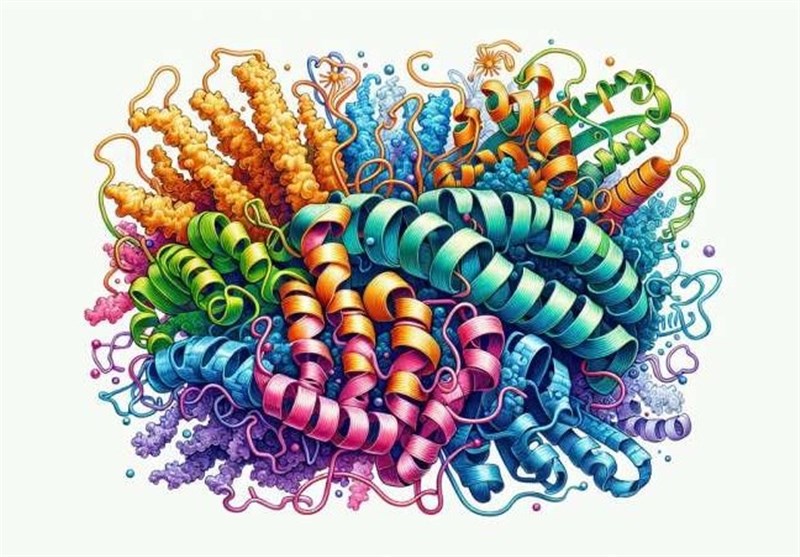New AI Model Revolutionizes Protein Interaction Studies
TEHRAN (Tasnim) – Researchers at Harvard Medical School have developed a groundbreaking AI tool called PINNACLE, which provides a more nuanced understanding of protein behavior by analyzing proteins within their cellular and tissue contexts.
In a first for artificial intelligence (AI), Harvard Medical School researchers have unveiled a new tool called PINNACLE that offers a deeper understanding of protein behavior by examining them in their specific cellular and tissue environments. Unlike current AI models that analyze proteins in isolation, PINNACLE incorporates contextual information, allowing for a more accurate representation of protein interactions. The study detailing the development of PINNACLE was published in Nature Methods.
"The natural world is interconnected, and PINNACLE helps identify these linkages, which we can use to gain more detailed knowledge about proteins and safer, more effective medications," said Marinka Zitnik, senior author of the study and assistant professor of biomedical informatics at Harvard Medical School’s Blavatnik Institute.
The new AI model is seen as a major advancement in the field, overcoming the limitations of current models that fail to consider the diverse roles proteins play across different cellular and tissue contexts. These traditional models often provide context-free protein representations, which lack the nuanced understanding needed to identify how the same protein may behave differently in various environments.
Proteins, composed of 20 different amino acids, are crucial for numerous biological functions, including oxygen transport, muscle contraction, and immune responses. Scientists estimate that there are between 20,000 and hundreds of thousands of proteins in the human body. These proteins not only interact with each other but also with other molecules like DNA and RNA, creating complex networks of interactions.
PINNACLE's ability to analyze these interactions within specific cellular contexts allows it to predict more precise drug targets and better understand disease mechanisms. "This can help pinpoint 'druggable' proteins and forecast the effects of various drugs in different cell types," Zitnik added.
The development of PINNACLE involved training the model using data from a comprehensive multi-organ atlas, encompassing 156 cell types and 62 tissues and organs. To date, PINNACLE has generated nearly 395,000 multidimensional protein representations, compared to the 22,000 possible representations from current single-protein models.
The researchers believe that PINNACLE could revolutionize the drug discovery process, which currently takes 10-15 years and can cost up to a billion dollars per drug. With PINNACLE's enhanced capabilities, scientists and drug developers may be able to identify potential drug targets more efficiently, potentially reducing the high failure rate of drug candidates.
Zitnik also plans to further expand the model's capabilities by incorporating data from tens of millions of cells sampled from the entire human body, which could further diversify PINNACLE's cellular repertoire and enhance its predictive power.

